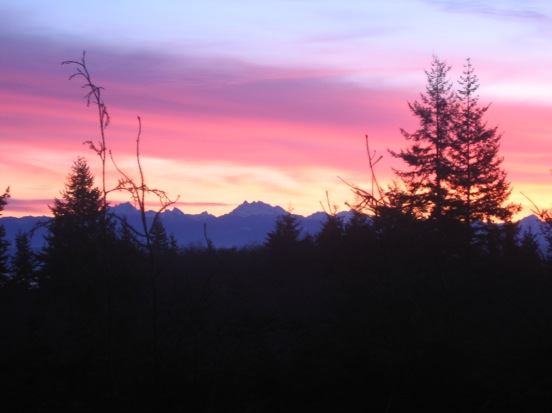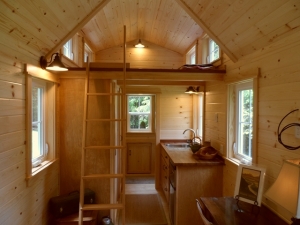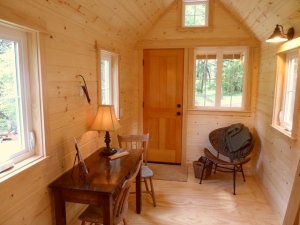Book Review: Your Money or Your Life, 9 steps to transforming your relationship with money and achieving Financial Independence, By Vicki Robin, & Joe Dominguez with Monique Tilford
The book is a bit wordy with lots of charts and graphs, so I am going to give you “The Good Parts Version.”
This book offers an antidote to corporate culture, and lays out the pathway to a more simple and meaningful life. The mainstream financial road map was created during the Industrial Revolution: Work Hard, Earn More, Buy More, Use More, Build Bigger, etc. Our planet cannot handle our modern level of economic growth and consumerism. We need to change the way we think and the way we do things. Our Global Community requires us to reexamine our choices.
- Money is something we trade our Life Energy for. You work 40 hours a week at your job to pay your bills. Add to that all the hours and the costs of commuting, buying work clothes, buying lunch during a work day, paying for child care, etc. For most people work actually eats up 60 or 70 hours each week. We have a big house with a big mortgage payment, 2 cars in the garage, and more “stuff” than we know what to do with. Is it all worth it? For most people the answer is “NO.”
Wow. Let’s wake up and do something entirely different! Get off the treadmill! Stop trying to impress other people! We can make bold changes in old patterns. We can simplify our lives to the point of “Enoughness.” We can find our sense of Purpose when we toss out our consumer addictions. We can make a Choice to spend our money and our time carefully and mindfully. The expenditure of our life energy can be brought into alignment with our values and life purpose. We can have an accountability to the Earth and what is fair and sustainable for all people and all life.
Suggestions for how to lower your expenses:
- Buy only what you need; Do not “go shopping”
- Live within your means
- Take care of what you have
- Wear it out
- Do it yourself
- Anticipate your needs
- Research value, quality, durability, multiple use and price
- Get it for less, buy it used
- Practice sharing and bartering
- Pay off your debts
- Walk or bicycle to do errands
The main point of the book is to become Aware of what you are spending your life energy on. Are you spending it on something you truly value?



















